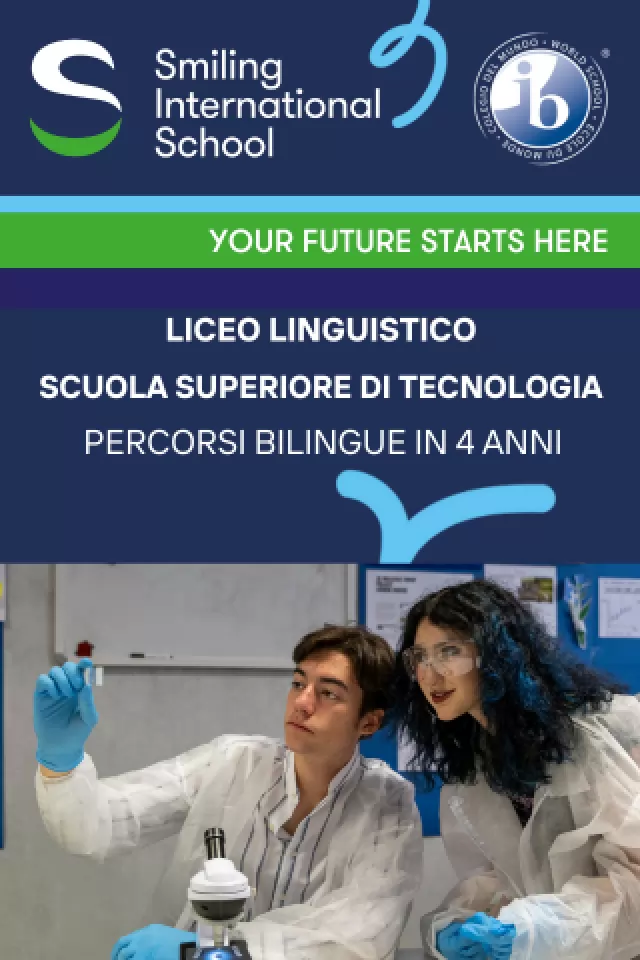Getting around Rome is not easy at the best of times but for the disabled it is particularly difficult.
Alessandro Ciccarese
To move, walk, travel – in a word, live. It would seem easy enough and most of us take it for granted, like having a coffee in a bar or going to an exhibition. But change the point of view and it all becomes more difficult. To see the world from a wheelchair, rather than standing on one’s own two feet, makes everything look different.
Waiting for the bus, which was late as usual, I meet Antonio Spica who travels to work by bus and train every day. We start chatting about his situation – like that of so many others – and the difficulties of getting around the architectural barriers in Rome. There are all kinds of obstacles that affect his quality of life. Spica, who is wheelchair-bound, tries to manage with serenity and composure, overcoming each barrier as it comes because he feels it is important to be as independent as possible, whatever the difficulties.
Finally the bus arrives and we set off on our way home. During the ride I can’t help but ask Spica how well public transport works for differently-abled people. I discover that not all buses in Rome are the latest models with facilities for wheelchairs. And sadly even many of the new buses with wheelchair access (those displaying the international sign for the disabled on the side) don’t function properly. Usually the ramp fails to extend or the curb is the wrong height. Unable to get on Spica has to ask the driver to telephone the operation room to request a special bus, which is supposed to arrive within five minutes.
“When you do manage to get on is everything alright?” I ask.
“Well, not everything,” Spica replies, pointing out that the buttons in the area reserved for wheelchairs (which include one to request a stop and one for the ramp to extend to the curb) hardly ever work, forcing him to shout down the crowded rush-hour bus to ask the driver for further assistance.
For a foreigner who doesn’t speak the language it would make the whole process so much more dramatic and stressful. Fortunately, Spica points out, there are always enough sensitive, kind people willing to lend a hand.
“But is it such a black picture for Rome’s tourists?” Spica smiles and says that luckily the airports of Fiumicino and Ciampino are accessible and equipped with good assistance from check-in to departure, and vice-versa when you arrive on an inbound flight. Both airports are easy to get around, the signs are clear, the toilets and lifts work well and there is enough room for manoeuvre.
Those leaving by train from Stazione Termini, on the other hand, have to contact the Sala Blu at the station, located near the first platform at ground level. Here the operators will book tickets and provide assistance for getting on the train. When arriving you also need to inform the same Sala Blu in advance so that assistance can be provided for getting off the train, as the doors are not at platform level. The most accessible toilets are near the Sala Blu; there are others on the opposite side of the station but they are on the first floor near a bar so you have to use the elevator. The signs aren’t easy to spot and when you do find them the instructions are not very clear.
As we glance out of the window about half way through our journey we comment on how beautiful our city is with its rich history and monuments, but how does a person with disabilities manage to enjoy these gems of our artistic heritage? Spica tells me that when he decides to visit one of the monuments, whether it is a church, a museum or whatever, he always checks the monument’s website for accessibility. In some places the wheelchair entrance is at the back of the building, or in any case nowhere near the main one. However many important, as well as lesser-known monuments, are accessible. The most difficult aspect is organising a more complex itinerary.
It would be useful if there were a comprehensive guide, or better still a website, with full details of access for the disabled for all of the monuments in the capital. Spica is currently working on this idea, together with the co-operative Europeconsulting.
I notice a woman crammed between the ticket machine and the seats, armed with various bags, so I ask Spica about shopping. He smiles again at my many questions, saying that not all shops are accessible. Many have one or two steps, but luckily assistants are generally courteous and helpful and when required they assist him and his wheelchair into the shop. In clothing stores they will also help him – if he needs it – to try on clothes in the changing cubicle, which is often cramped, but not impossibly small.
We have almost arrived at our destination and my final question before getting off the bus is about public toilets – a bane for anybody in this city. A bit crestfallen, Spica tells me that he has to go to bars or cafes but even then it’s not guaranteed there will be access for his wheelchair. Many bathrooms are in the basement and there are no lifts. There are public toilets with lifts around the city but unfortunately not on Spica’s route to and from work.
We say goodbye and as I watch Spica manoeuvre onto yet another pavement, I hope that one day the so-called architectural barriers really will come down.
This article was published in the November 2010 edition of Wanted in Rome magazine.


















